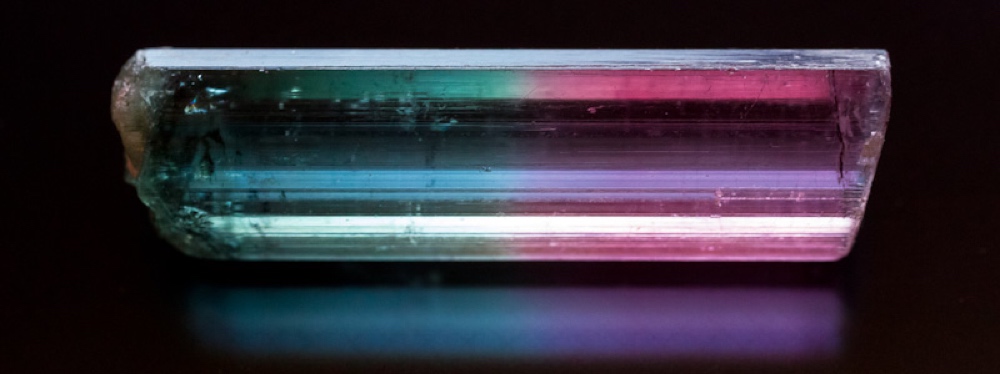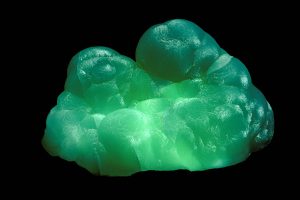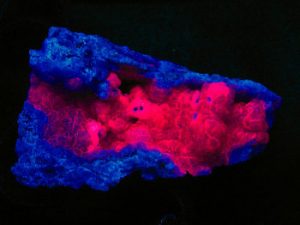 Dig for your own gems at Ocean View mine in southern california.
Dig for your own gems at Ocean View mine in southern california.
Tag: minerals
Smithsonite, or zinc spar, is zinc carbonate (ZnCO3), a mineral ore of zinc. Historically, smithsonite was identified with hemimorphite before it was realised that they were two distinct minerals. The two minerals are very similar in appearance and the term calamine has been used for both, leading to some confusion. The distinct mineral smithsonite was named in 1832 by François Sulpice Beudant in honor of English chemist and mineralogist James Smithson (c.1765–1829), whose bequest established the Smithsonian Institution and who first identified the mineral in 1802.
Smithsonite is a variably colored trigonal mineral which only rarely is found in well formed crystals. The typical habit is as earthy botryoidal masses. It has a Mohs hardness of 4.5 and a specific gravity of 4.4 to 4.5.
Smithsonite occurs as a secondary mineral in the weathering or oxidation zone of zinc-bearing ore deposits. It sometimes occurs as replacement bodies in carbonate rocks and as such may constitute zinc ore. It commonly occurs in association with hemimorphite, willemite, hydrozincite, cerussite, malachite, azurite, aurichalcite and anglesite. It forms two limited solid solution series, with substitution of manganese leading to rhodochrosite, and with iron, leading to siderite.[3]
UV Type Main color Intensity Observation Frequency
Long Waves (365nm): Yellowish White
Short Waves (254 nm): Red
Other colors LW: White
Other colors SW: Red , Violet red , Green , Blue , Violet


